Reportar esta entrada
Más sobre la misma comunidad-colección
American Dam - Driving upstream dyke of coffer-dam
American Dam - Driving upstream dyke of coffer-dam; view south ...
American Canal - First excavation
American Canal - First excavation; Northwest dragline excavator; ...
Internatinal Boundry & Water Commision
American Dam; Cofferdam; view S.E from W. end of off foot ...
Internatinal Boundry & Water commission
American Dam; N.W: Cor of E. coffer - dam; view W. from E. Bank ...
International Boundary and Water Commission
American Dam; E. Cofferdam, view from E. side of river. March ...
Internatinal Boundry & Water commission
American Dam; view down stream from hill, west of axis. March ...
Internatinal Boundry & Water Commission
American Dam; E. cofferdam; view downstream from W. end of ...
Internatinal Boundry & Water Commission
American Dam; smelter arroyo improvement ;breaking concrete ...
Internatinal Boundary & Water Commission
American Dam; erecting platform steel; piers 6to9 ; view from N. ...
Internatinal Boundry & Water Commission
American Dam; Manhole No . 1 an 18" sewer line; view W. from ...
Internatinal Boundry & Water Commission
American Dam; panel No. 1 Unit 1.; grading completed; view S. ...
Internatinal Boundry & Water Commission
American Dam; piers No. 3 to 9 ; View S. W from N. dyke. April ...
International Boundry & Water Commission
American Dam; Smelter Arroyo improvement; pouring walls of W1/2 ...
International Boundry & Water Commission
American Canal; View S. from Sta . 78+50. April 30, 1937 at ...
International Boundry & Water Commission
American Canal; view from up stream from Sta. 75; Rock drillers ...
International Boundry & Water Commission
American Dam; Excav. for canal intake; Manholes No.1 and 2 ...
International Boundary & Water Commission
American Dam; interior of coffer dam; transit mixer pouring ...
International Boundary & Water Comission
American Dam; pouring concrete for pier No. 5: View N.W April ...
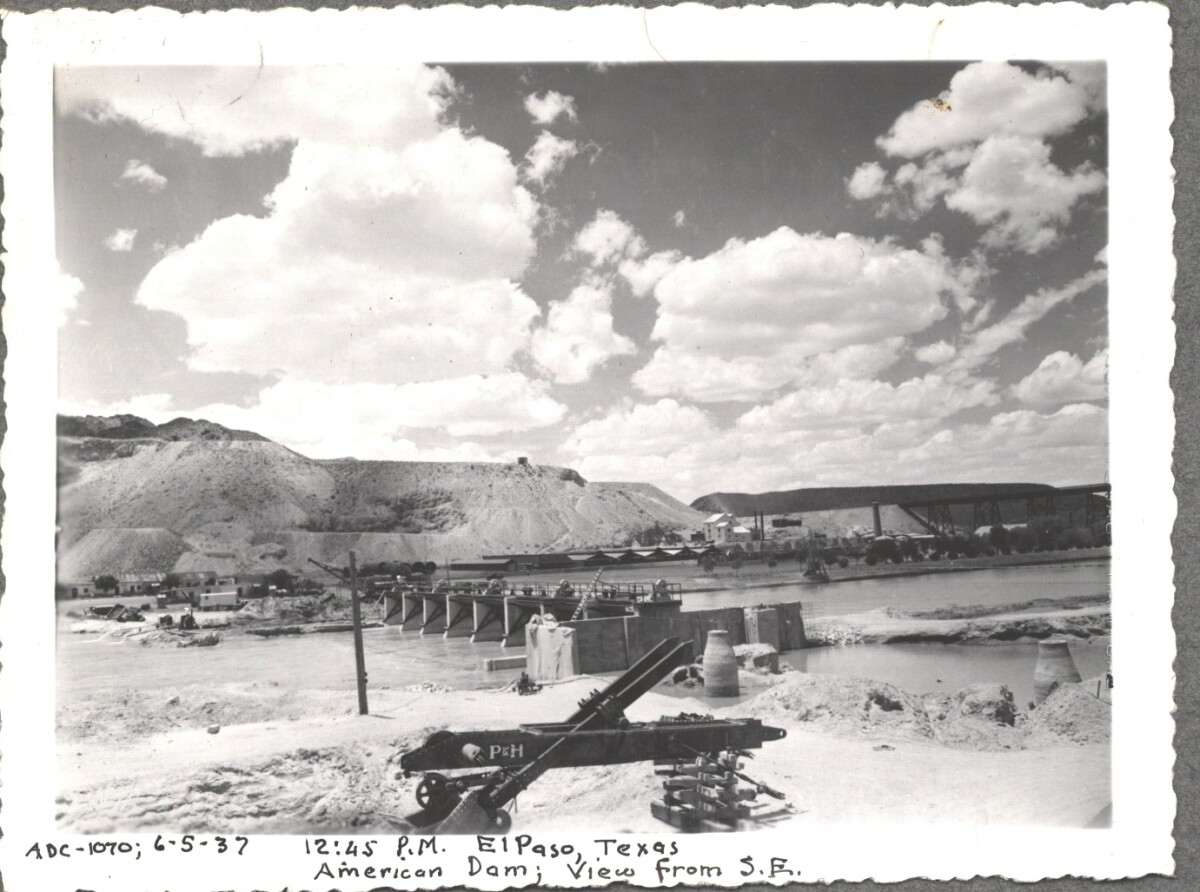

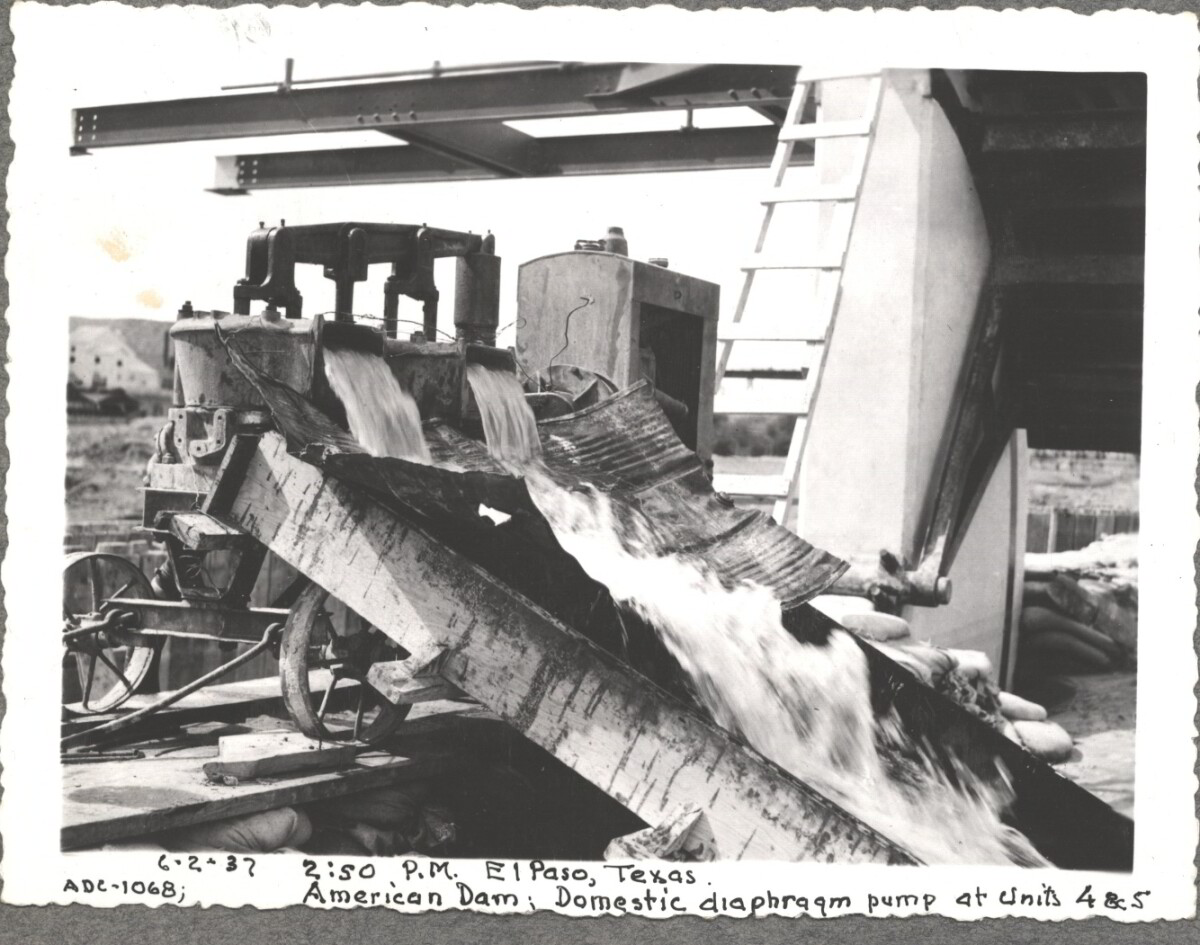





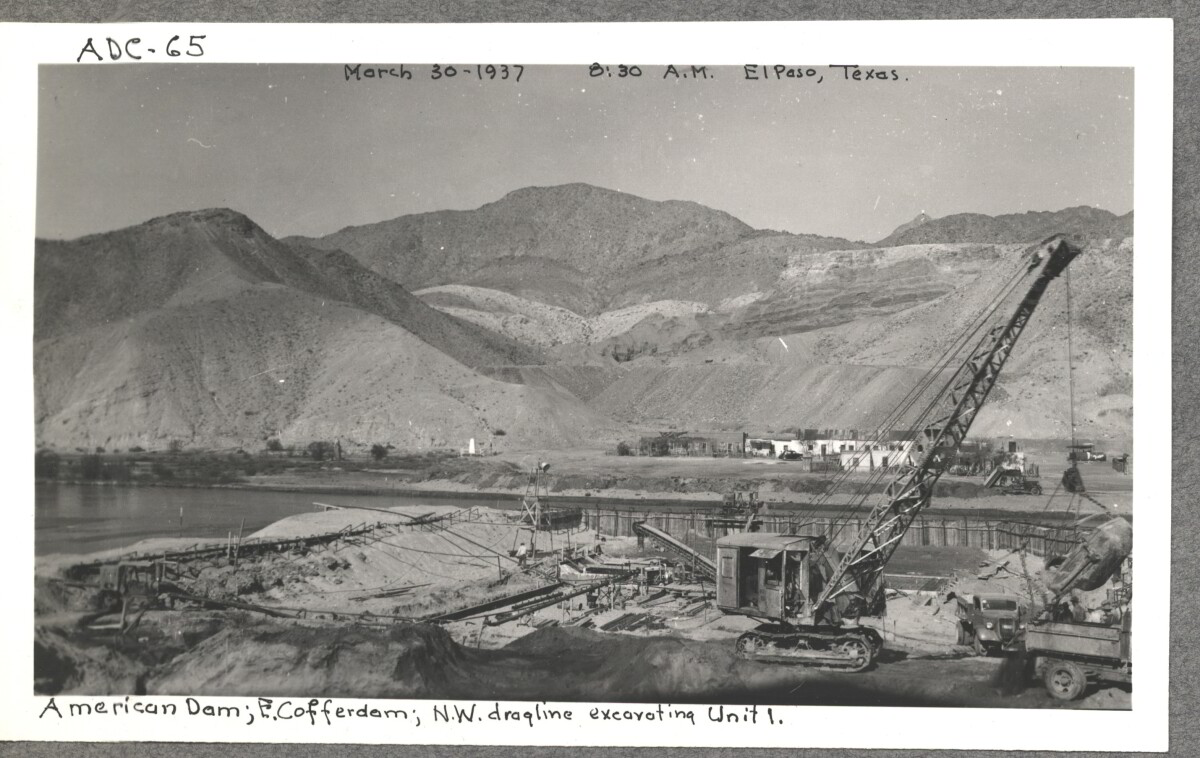








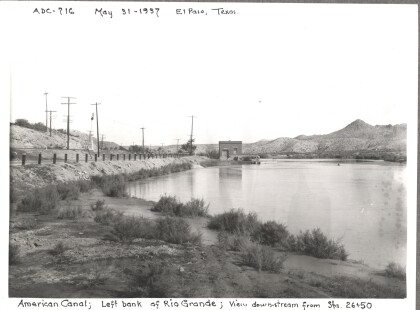









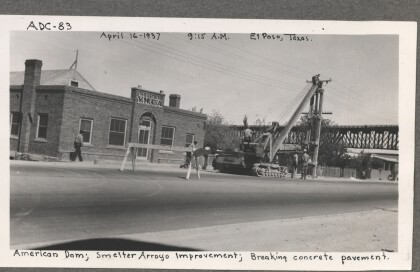












Comentarios
Hacer un comentario